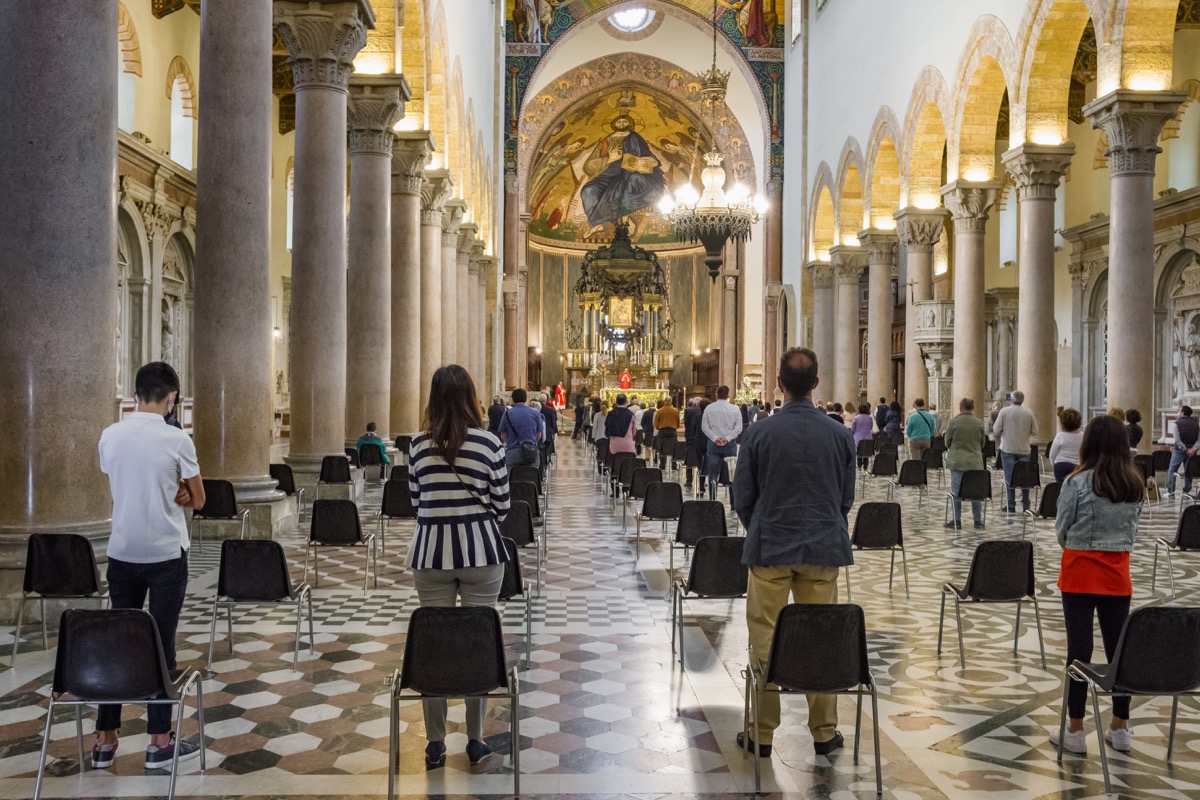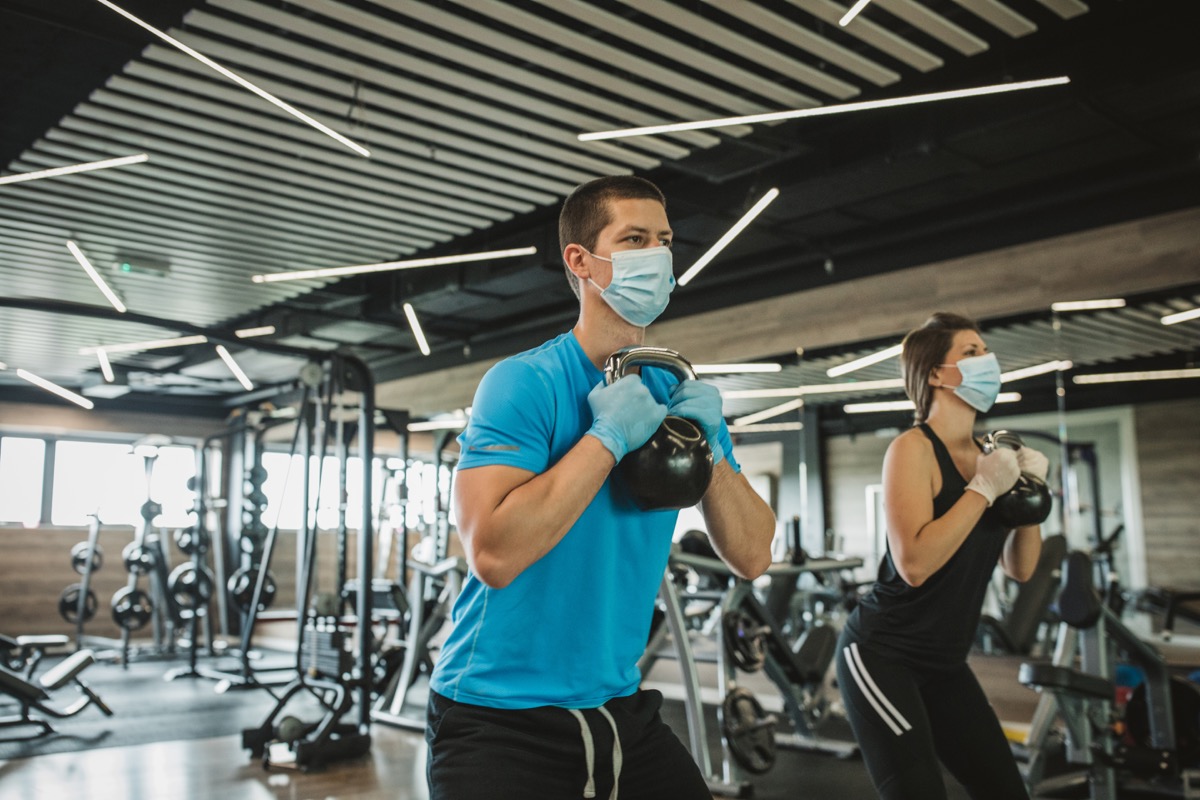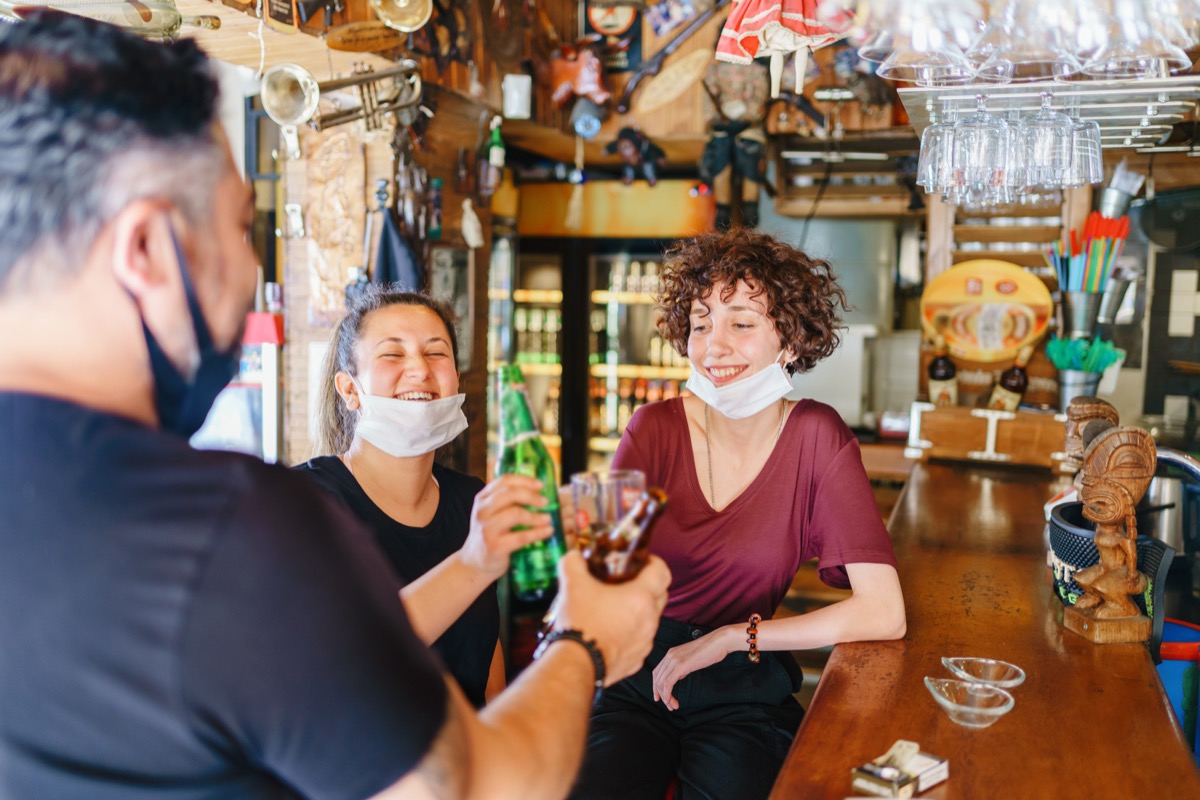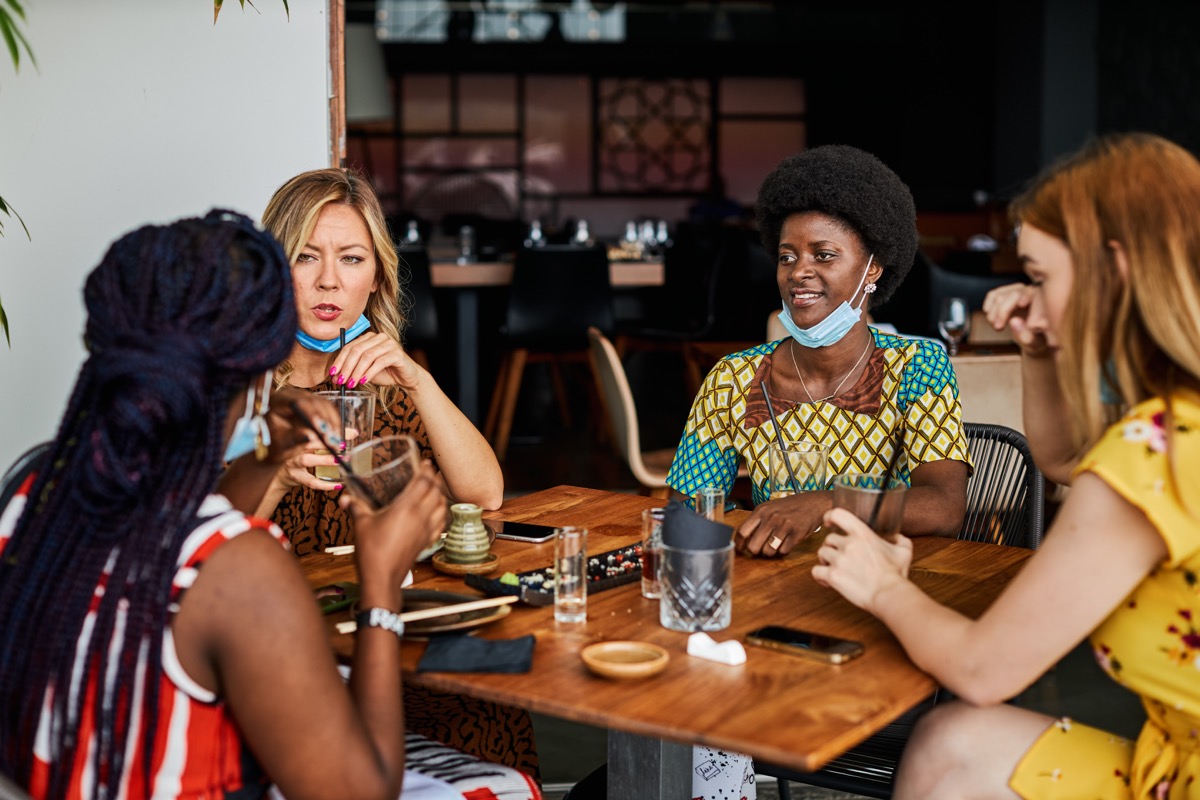For the new study, which was released in the CDC’s Morbidity and Mortality Weekly Report, researchers looked at a sample of 314 employed adults over the age of 18 who received COVID-19 tests at outpatient facilities in July. Results showed that people who worked full or part-time off-site via teleworking were almost half as likely to test positive for the virus than those who reported going into an office or school setting over the course of the workweek. “This investigation provides evidence of the potential health benefits of teleworking associated with the COVID-19 pandemic,” the study’s authors write. “Allowing and encouraging the option to work from home or telework, when possible, is an important consideration for reducing SARS-CoV-2 transmission.” The study’s authors also pointed out that socioeconomic differences played a major factor in who was able to work remotely, finding that non-white employees who made less money were less likely to have the option to work from home. The researchers also recommended beefing up on-site health measures in cases where employees had to come to work, such as wearing masks and limiting face time with other employees, to help mitigate the spread in workplaces. But the office isn’t the only place where you could be putting yourself at an increased risk for COVID-19. Read on for other venues that could get you sick. And for more on how the outbreak is looking in your neck of the woods, check out Here’s How Much Worse COVID Is Getting in Your State. Read the original article on Best Life. Congregating to worship is an important activity for many, but because it tends to involve bringing a large crowd together indoors and can often incorporate singing and talking, religious gatherings are also considered a high-risk environment for coronavirus transmission. An earlier CDC report noted a difference between how many people with positive COVID tests had gone to a religious gathering (7.8 percent) versus the number of people with negative COVID tests who had done the same (5 percent). And for more on everyday places that could get you sick, check out Chances Are High Your Grocery Store Clerk Has Silent COVID, Study Says. Unfortunately, the heavy breathing and poor ventilation in gyms make them a particularly risky venue for catching coronavirus, with the same CDC report finding that 7.8 percent of people who tested positive had been to the gym in the past two weeks, while just 6.3 percent of those who tested negative had. And for more regular COVID news, sign up for our daily newsletter. When times get as hard as they have been during the pandemic, sometimes you just want to go where everybody knows your name and enjoy a drink at your local watering hole with friends. But health officials have singled out bars (and coffee shops to a lesser degree) for being high-risk spaces due to the fact that patrons can’t drink while wearing face masks. Bars are also usually indoors and crowded, and they lend themselves to talking loudly, which sends more droplets flying into the air. In the CDC study, 8.5 percent of people whose tests came back positive had been to a bar in the two weeks prior, compared to 5 percent of subjects with negative test results. And for more on how to avoid getting sick, check out This One Thing Is Better at Protecting You From COVID Than Your Mask.ae0fcc31ae342fd3a1346ebb1f342fcb Even as some states have continued to reopen dining rooms and increase their capacity, it’s become increasingly clear that restaurants represent a significant risk of spreading COVID. The CDC study found that those who tested positive for COVID were twice as likely to have eaten out two weeks before symptom onset as those who tested negative, including at restaurants with outdoor and patio dining. And for information on the place you’re most likely to contract the virus, check out These Are Your Chances of Getting COVID If Someone in Your Home Has It.



